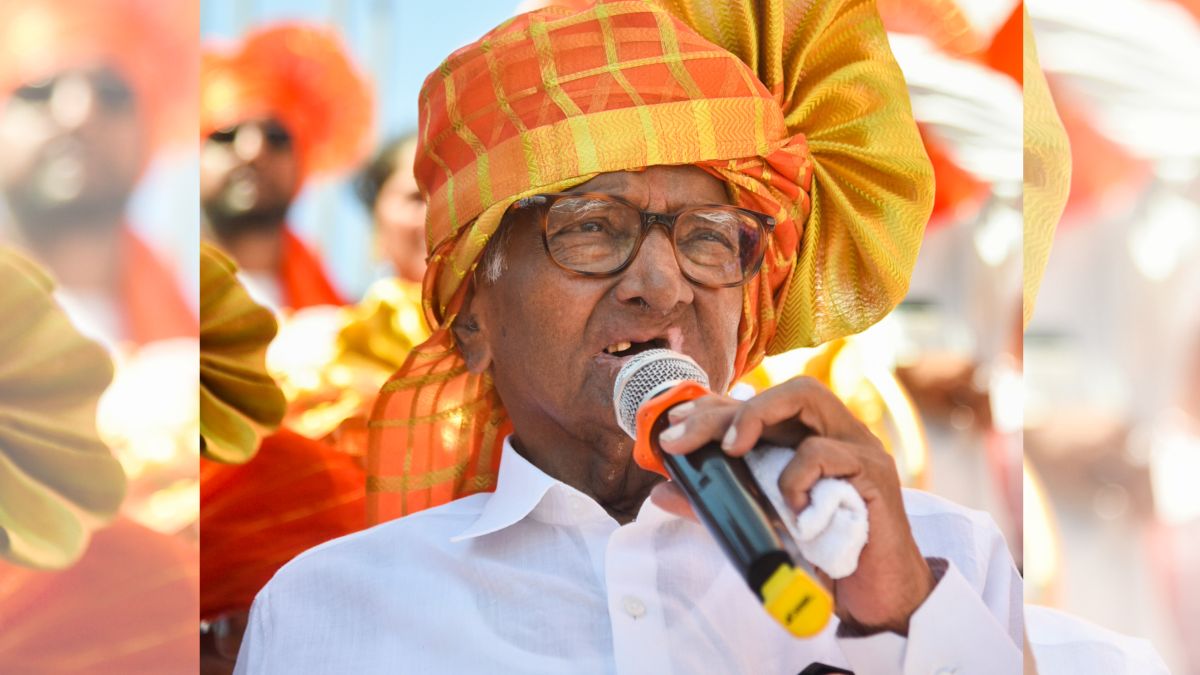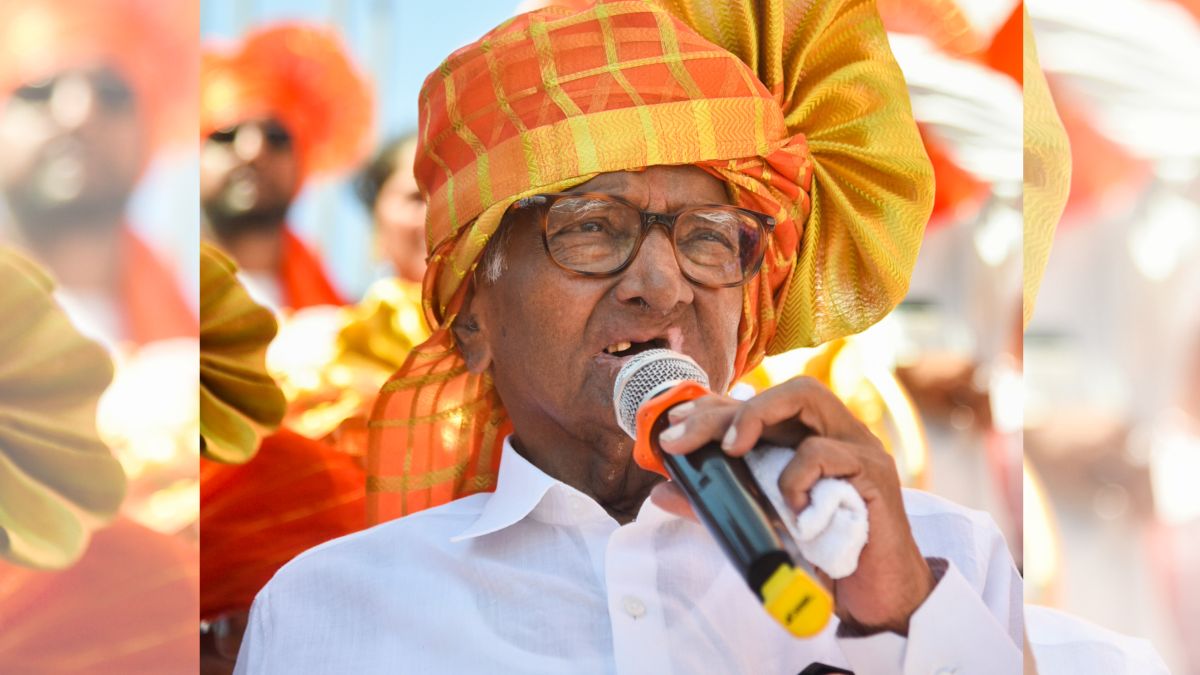Mumbai bats in the high league of the urban places. It has a huge population, although it is constrained when it comes to space. Its civic body has enormous financial resources, larger than several small states. It generates a lot of revenue for the Centre’s coffers and remains the magnet for those seeking livelihood, skilled and unskilled alike.
Whenever elections to the Brihanmumbai Municipal Corporation (BMC), are held, less than half the people on the voter rolls turn up at polling booths. Then the politicians take over, running wild with their own political-economic agendas, with nary a concern for the city.
Over the years, some additions have been made to the city’s infrastructure either by the civic body or other parastatals: flyovers, east-west link roads, augmentation of commuter train capacities, a metro and a monorail, and even housing stock, although that was provided for the rich by the private sector.
Although statistics point to a decline in slum population, partly due to patently inadequate rehabilitation efforts and a lower rate of influx, has the city come anywhere close to being Shanghai, Singapore, or Hong Kong? The politicians and decision-makers dream of Mumbai as a world class city, but has it made the lives of its citizens easier? Each resident would say just one simple word: No. Life in Mumbai is a struggle. Always has been, in a city hostile to new arrivals.
Land has been routinely recycled to account for the ever-rising population. During the British era, land was, in a manner of speaking, reclaimed from the sea and marshes. Then it was procured from demolishing defunct or loss-making textile mills. Now it is obtained by redeveloping old buildings to accommodate more residents and profiting by building new structures where slums previously stood. All of this has led to haphazard use of land.
The second question: will any political party, either the one in the saddle for almost two decades, or another, bring some tangible improvement to the city? Chances are, any ‘improvements’ would be notional. In all likelihood, the city will continue to tread water instead of moving forward.
Apart from its own shortfalls and the sloth of those managing it, Mumbai is burdened by those who come from far and wide to earn a living, as evinced by our commuter trains. Since housing is expensive, people who come to Mumbai to earn a living don’t live in the city — they stay in the extended suburbs and satellite towns — and when they visit, they put an enormous pressure on the infrastructure, which simply can’t cope.
Consequently, if one were to confine our perspective to only the municipal limits, anyone commuting from the business districts to Mulund, Mankhurd, and Dahisar is forced to compete for space on the overcrowded trains with those from neighbouring urban spaces: there are at least eight municipal corporation cities in the metropolitan region apart from smaller towns.
This contention, however, is not to deny the suburban residents their right to livelihood in Mumbai. The attempt here is to explain how the economic opportunities have not been developed across the region, the absence of which, makes things worse for Mumbai.
For many, Mumbai and its neighbouring areas aren’t places to live but simply places to earn a living, which is why all buses in Thane converge on its station – to allow its people to travel to Mumbai. Only a fraction of the population in these towns and cities can find employment in their neighbourhood. No serious attempt has been made to end, or even significantly alter this rims-spokes-and-hub character of metropolitan Mumbai. Even an inter-city bus route excluding Mumbai from its purview to ease the burden on the local trains has not been tried as the civic bodies that run the intra-city services are plagued by shortage of funds as well as an absence of will. These municipalised transport entities are simply platforms for rent-seekers.
The Mumbai Metropolitan Region Development Authority hasn’t examined this problem hard enough. Only now has it begun to look at satellite cities and towns. Managing Mumbai not only means improving the conditions but ensuring that the burdens on the city are mitigated. This can be done by empowering others to provide economic opportunities for those who choose to live elsewhere but depend on Mumbai to earn their living.


)




)
)
)
)
)
)
)
)